Home>Garden Essentials>What Is Infill Property
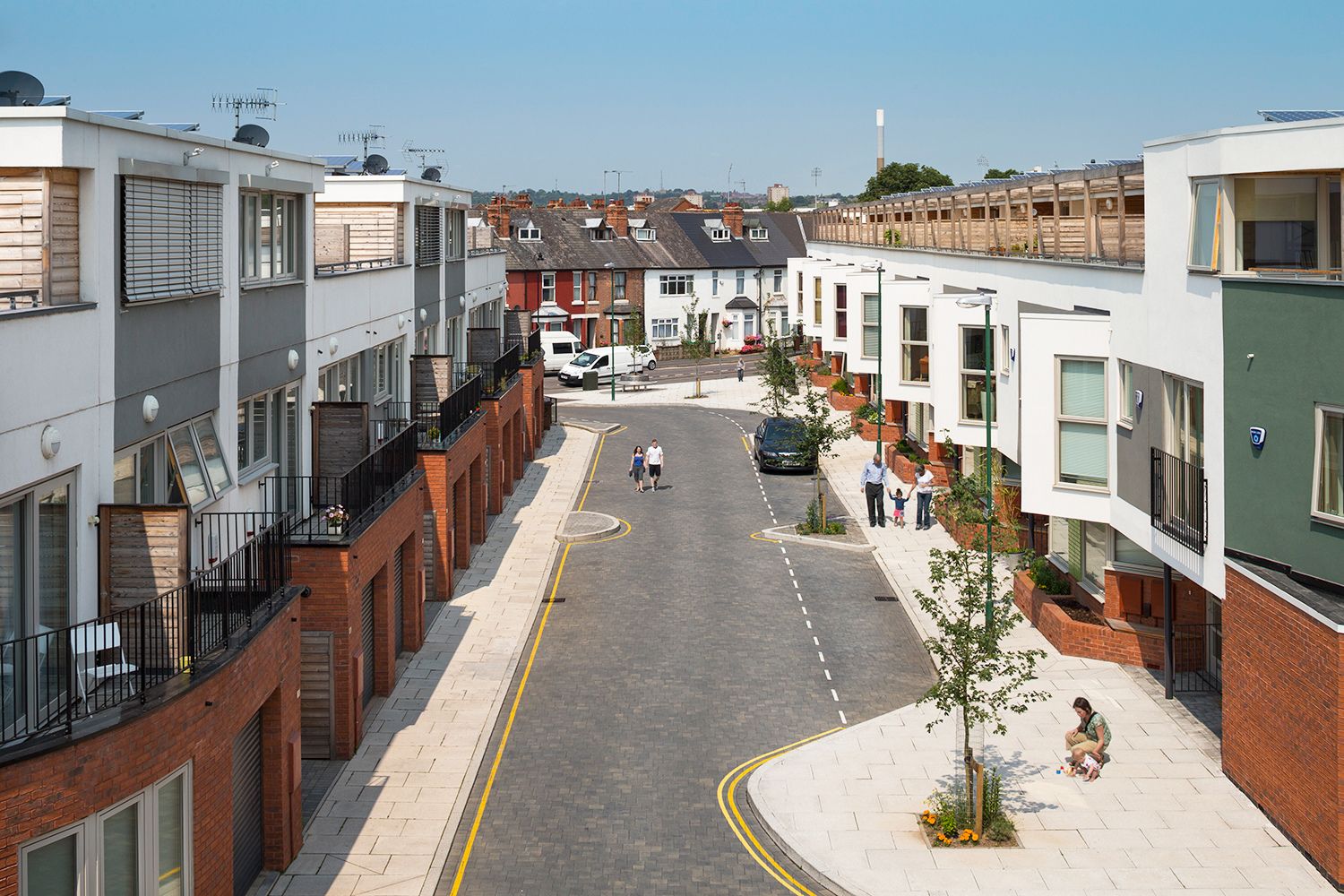

Garden Essentials
What Is Infill Property
Modified: March 7, 2024
Learn about garden infill property and how it maximizes space by incorporating beautiful outdoor gardens in urban areas. Discover the benefits and potential of garden infill developments.
(Many of the links in this article redirect to a specific reviewed product. Your purchase of these products through affiliate links helps to generate commission for Storables.com, at no extra cost. Learn more)
Introduction
Welcome to the fascinating world of infill property development! In today’s rapidly evolving real estate market, the concept of infill property has emerged as a popular and sustainable solution to meet the increasing demands for housing and commercial space in urban areas. This article aims to provide a comprehensive overview of what infill property entails, its benefits and challenges, and key factors to consider when investing in infill properties.
Firstly, let’s define what infill property actually means. Infill property refers to the process of developing vacant or underutilized land within already built-up areas. It involves revitalizing existing neighborhoods and maximizing land use efficiently, rather than expanding into previously undeveloped or greenfield areas. Infill development can take various forms, including the construction of single-family homes, multi-unit dwellings, commercial buildings, or mixed-use projects.
Now that we understand the concept of infill property, it’s essential to explore the advantages it offers. One of the primary benefits is its ability to reduce urban sprawl. By repurposing vacant lots or abandoned buildings, infill development helps preserve open spaces and protects natural resources. It allows for the efficient use of existing infrastructure, such as transportation networks, utilities, and amenities, promoting a more sustainable approach to urban growth.
Furthermore, infill property development plays a vital role in revitalizing established neighborhoods. By bringing new construction or renovation projects to these areas, communities are rejuvenated, contributing to a sense of pride and place. Infill projects often incorporate mixed-use components, such as retail spaces, offices, and public amenities, creating vibrant and walkable neighborhoods that promote social interaction and economic growth.
Despite its numerous benefits, infill property development also comes with its fair share of challenges. One significant challenge is navigating through the potential regulatory and permitting obstacles. Since infill projects are typically located within existing communities, developers must follow specific zoning and building codes, which can vary from one jurisdiction to another. The need for careful planning and community engagement is crucial to address any concerns and ensure compliance with the local regulations.
Another challenge is addressing the potential impact on the existing infrastructure. Adding new buildings and residents to an established neighborhood may put additional strain on transportation systems, schools, and public services. Effective infrastructure planning, along with collaboration between developers and local authorities, is key to mitigate any negative consequences and enhance the overall livability of the area.
Before embarking on an investment in infill property, there are several important factors to consider. Firstly, location plays a critical role in determining the success of an infill project. Identifying areas with high demand and potential for growth is essential to maximize returns on investment. Conducting thorough market research and analyzing demographic trends are valuable tools to make informed decisions.
Additionally, understanding the financial implications of infill property development is crucial. Determining the project’s feasibility, assessing construction costs, and estimating potential returns are vital steps in the investment process. Seek professional advice from financial experts or consult with experienced developers to ensure a sound financial strategy.
In this article, we will explore case studies of successful infill property projects that have delivered outstanding results, both economically and socially. These examples will showcase the transformative power of infill development in creating vibrant and sustainable communities.
As we conclude this introduction, we invite you to delve deeper into the world of infill property development. Whether you’re a real estate investor, developer, or simply a curious enthusiast, understanding the fundamentals of infill property can open up exciting opportunities in urban development while contributing to a more sustainable future.
Key Takeaways:
- Infill property development revitalizes neighborhoods, reduces urban sprawl, and promotes sustainable urban growth by repurposing existing land and integrating new developments, creating vibrant and inclusive communities.
- Successful infill projects like The High Line in New York City and King’s Cross Central in London demonstrate the transformative power of infill development in reimagining and revitalizing urban spaces, inspiring creativity and community engagement.
Read more: What Is An Infill Speed
Definition of Infill Property
When it comes to real estate development, the term “infill property” refers to the process of utilizing vacant or underutilized land within already built-up areas. Instead of expanding into previously undeveloped or greenfield areas, infill development aims to maximize land use efficiency and revitalize existing neighborhoods.
Infill development can take various forms, including the construction of single-family homes, multi-unit dwellings, commercial buildings, or mixed-use projects. What distinguishes infill property from other types of development is its focus on repurposing existing urban spaces rather than encroaching upon undeveloped land.
Infill properties can be found in both residential and commercial areas. In residential contexts, infill projects often involve the construction of new homes or the renovation of existing structures in established neighborhoods. This allows for the integration of new housing options in areas that are already equipped with essential infrastructure, such as transportation networks, utilities, and amenities.
In commercial settings, infill property development can bring new life to underutilized sites through the construction of retail spaces, office buildings, or mixed-use developments. By repurposing vacant buildings or lots, infill projects contribute to the economic growth of established urban areas. They create opportunities for local businesses to flourish, attract new investments, and foster a vibrant and engaging environment for residents and visitors alike.
One of the primary goals of infill property development is to reduce urban sprawl. By utilizing existing land within built-up areas, this approach helps preserve open spaces, protect natural resources, and minimize the need for long commutes between residential areas and commercial centers. Infill development supports a more sustainable approach to urban growth, emphasizing the efficient use of resources and the promotion of walkability, connectivity, and community engagement.
Furthermore, infill property development plays a vital role in revitalizing established neighborhoods. By bringing new construction or renovation projects to these areas, infill development helps to enhance the quality of life for residents. The integration of mixed-use components, such as retail spaces, restaurants, and public amenities, creates a sense of vibrancy and fosters social interaction. It can also contribute to the preservation and restoration of historic buildings, adding to the cultural fabric of a community.
Overall, infill property development represents an opportunity to create sustainable, vibrant, and inclusive urban environments. By repurposing underutilized land and integrating new developments in established areas, infill projects contribute to the economic growth, livability, and environmental sustainability of cities and towns.
Benefits of Infill Property Development
Infill property development offers numerous benefits for both communities and investors alike. Let’s explore some of the key advantages that infill projects bring to the table:
- Sustainable Urban Growth: Infill development helps combat urban sprawl by utilizing vacant or underutilized land within already developed areas. This approach reduces the need for expanding infrastructure into previously undeveloped or greenfield areas, promoting the efficient use of resources and protecting valuable natural habitats.
- Preservation of Open Spaces: By repurposing existing urban land, infill development helps preserve open spaces that may otherwise be lost to further expansion. This is particularly important in densely populated areas where the availability of open areas for recreation and relaxation is limited.
- Revitalization of Neighborhoods: Infill projects breathe new life into established neighborhoods by adding new housing options, commercial spaces, and amenities. This revitalization process can lead to increased property values, improved community infrastructure, and a sense of pride among residents.
- Enhanced Walkability and Connectivity: Infill development promotes walkability and connectivity by bringing amenities, services, and jobs closer to where people live. By reducing the need for long commutes, infill projects contribute to the creation of more sustainable and people-friendly communities.
- Efficient Use of Existing Infrastructure: Infill development makes use of existing infrastructure such as roads, water, and utility lines, reducing the need for costly expansions and minimizing the strain on public resources. This efficient use of existing infrastructure fosters sustainability and cost-effectiveness.
- Responsible Land Management: By repurposing vacant or underutilized land, infill development mitigates the environmental impact of new construction. It helps prevent urban sprawl, protect green spaces, and preserve the natural environment.
- Economic Growth: Infill property development can spur economic growth within established communities. It attracts new businesses, creates jobs, and generates economic activity, contributing to the overall prosperity of the area.
- Promotion of Social Interaction: Infill projects often include mixed-use components that encourage social interaction and community engagement. The integration of retail spaces, restaurants, and public amenities creates vibrant, lively, and inclusive neighborhoods.
These benefits underscore the importance of infill property development in creating sustainable, vibrant, and livable communities. By maximizing land use efficiency and revitalizing existing areas, infill projects contribute to the economic, social, and environmental well-being of cities and towns.
Challenges of Infill Property Development
While infill property development offers numerous benefits, it is not without its fair share of challenges. Understanding and addressing these challenges is crucial for developers and investors looking to embark on successful infill projects. Below, we explore some of the key challenges faced in infill property development:
- Regulatory and Permitting Obstacles: Infill development often involves navigating through complex zoning regulations, building codes, and permit requirements. Since infill projects take place within already established neighborhoods, developers must ensure compliance with local regulations and gain community approval. This can add time, costs, and bureaucracy to the project.
- Community Resistance and Concerns: Infill projects may face opposition from existing residents who are concerned about potential disruptions during the construction phase, increased traffic, or changes to the character of their neighborhood. Effective communication, community engagement, and addressing these concerns are crucial to gaining support and moving forward with the project.
- Infrastructure Strain: Adding new buildings and residents to established neighborhoods can place strain on existing infrastructure such as roads, utilities, schools, and public services. This can lead to the need for infrastructure upgrades or modifications to support the increased density. Proper planning and collaboration with local authorities are required to ensure that the necessary infrastructure improvements are in place.
- Higher Construction Costs: Infill development often involves working with limited space, which can make construction more challenging and expensive. Site preparation, access constraints, and the need for specialized construction techniques can drive up project costs. Developers must carefully consider these factors and incorporate them into their financial projections and budgeting.
- Environmental Considerations: In some cases, infill projects may require environmental remediation, especially if the site has been previously contaminated. Conducting thorough environmental assessments, adhering to remediation protocols, and ensuring compliance with environmental regulations are essential steps in the development process.
- Design and Aesthetic Integration: Infill projects must consider the existing architectural styles and character of the surrounding neighborhood to ensure a cohesive and harmonious integration. Balancing the desire for innovative design with the need to respect the existing urban fabric can be a challenge, requiring careful architectural planning and sensitivity to the local context.
- Financing and Return on Investment: Securing financing for infill projects can sometimes be more challenging compared to greenfield development. Lenders may perceive infill projects as riskier due to the potential for unforeseen complications and stricter regulatory requirements. Developers must carefully assess the financial viability of the project and ensure that it aligns with their return on investment expectations.
Despite these challenges, infill property development offers exciting opportunities for revitalizing communities, creating sustainable urban spaces, and meeting the growing demand for housing and commercial infrastructure. By addressing these challenges through careful planning, effective communication, and collaboration with stakeholders, developers can successfully navigate the complexities of infill projects and unlock their full potential.
When considering infill property, research the local zoning laws and regulations to ensure the property can be developed as desired. Additionally, consider the surrounding neighborhood and potential impact on the community.
Factors to Consider When Investing in Infill Property
Investing in infill property can be a lucrative and rewarding venture, but it requires careful consideration and strategic planning. Here are some important factors to keep in mind when investing in infill property:
- Location: The location of the infill property is a critical factor in determining its potential for success. Look for areas with high demand and growth potential. Consider factors such as proximity to amenities, transportation accessibility, and the overall desirability of the neighborhood.
- Market Analysis: Conduct thorough market analysis to understand the supply and demand dynamics in the area. Evaluate factors such as current and projected home prices, rental rates, vacancy rates, and market trends. This analysis will help you determine the feasibility and potential profitability of the investment.
- Local Regulations and Zoning: Familiarize yourself with the local regulations and zoning restrictions that may impact your infill project. Ensure that your plans comply with the requirements and obtain the necessary permits and approvals. Engage with local authorities early in the process to address any compliance issues.
- Community Engagement: Engaging with the local community is essential when investing in infill property. Seek input, build relationships, and address concerns to gain community support. Collaboration and open communication can help overcome potential opposition and ensure a smoother development process.
- Infrastructure and Utilities: Assess the adequacy of existing infrastructure and utilities in the area. Consider factors such as road capacity, water supply, sewage, and electrical services. Determine if any upgrades or modifications will be required to support the development and consult with utility providers and municipal authorities.
- Financial Feasibility: Develop a thorough financial plan for your investment. Consider the costs associated with land acquisition, construction or renovation, permits, planning, and marketing. Evaluate the potential return on investment, taking into account rental income, sale price, and operating expenses. Consult with financial experts or experienced developers to assess the financial viability of the project.
- Design and Aesthetics: Ensure that your development plans align with the existing architectural style and character of the neighborhood. Consider design features that enhance the overall aesthetics and appeal of the project. Strive to create a cohesive and visually appealing integration that complements the surrounding area.
- Sustainability and Green Building: Incorporate sustainable practices in your infill development. Consider energy-efficient design, the use of environmentally friendly materials, and the implementation of green building standards. Emphasize features that reduce the project’s environmental impact and enhance its long-term sustainability.
- Marketing and Sales: Develop a comprehensive marketing and sales strategy to attract buyers or tenants. Understand the target market and design your marketing efforts accordingly. Collaborate with real estate agents or marketing professionals to promote the unique features and advantages of your infill property.
- Construction and Project Management: Choose experienced professionals for the construction and project management aspects of your infill development. Ensure proper planning, budgeting, and scheduling to minimize delays and cost overruns. Regularly monitor the progress of the project to ensure it stays on track and meets the set milestones.
Investing in infill property can be a fulfilling and profitable venture, but it requires careful attention to these factors. By considering location, market analysis, regulations, community engagement, and other crucial elements, you can position yourself for success in the world of infill property investment.
Read more: What Is Infill Construction
Case Studies of Successful Infill Property Projects
Examining successful infill property projects can provide valuable insights and inspiration for investors and developers. Here are two notable examples of infill projects that have achieved outstanding results:
- The High Line, New York City, United States: The High Line is a remarkable example of transforming an abandoned elevated railway into a vibrant urban park and pedestrian walkway. This project, located in the heart of Manhattan, breathed new life into a disused industrial structure and created a recreational space that has become an iconic attraction. By repurposing the existing infrastructure, the High Line preserved the character of the neighborhood while providing residents and visitors with a unique and enjoyable green space. The project contributed to the revitalization of the surrounding area, attracting new businesses, restaurants, and residential developments. It serves as an excellent example of how infill development can restore neglected areas and foster community engagement.
- King’s Cross Central, London, United Kingdom: The King’s Cross Central development is a major regeneration project that transformed a former industrial site into a thriving mixed-use neighborhood. The project involved the redevelopment of over 67 acres of land, integrating office spaces, residential buildings, retail outlets, parks, and cultural amenities. The King’s Cross Central project prioritized sustainable design principles, incorporating energy-efficient buildings, green spaces, and pedestrian-friendly infrastructure. The development also prioritized community engagement, ensuring that local residents and businesses had a voice in shaping the project. The result is a vibrant, sustainable, and inclusive community that has revitalized the once neglected area. The King’s Cross Central project demonstrates the transformative potential of infill development in creating dynamic urban environments.
These case studies showcase the transformative power of infill property development in reimagining and revitalizing urban spaces. By repurposing existing infrastructure, engaging with the community, and incorporating sustainable design principles, these projects have achieved remarkable success. They serve as models for future infill developments, inspiring developers to think creatively and consider the broader benefits that these projects can bring to their surroundings.
Conclusion
Infill property development offers a sustainable and innovative approach to meeting the demands of urban growth. By utilizing vacant or underutilized land within built-up areas, infill projects maximize land use efficiency and contribute to the revitalization of established neighborhoods. Throughout this article, we have explored the definition of infill property, its benefits, challenges, and important factors to consider when investing in such projects.
The numerous benefits of infill property development include the reduction of urban sprawl, preservation of open spaces, revitalization of neighborhoods, enhanced walkability and connectivity, efficient use of existing infrastructure, responsible land management, economic growth, and promotion of social interaction. These advantages underscore the importance of infill development in creating sustainable, vibrant, and livable communities.
However, infill property development is not without its challenges. Overcoming regulatory and permitting obstacles, addressing community concerns, managing strain on existing infrastructure, dealing with higher construction costs, considering environmental implications, and ensuring design integration are all crucial factors to navigate during the development process.
When investing in infill property, it is essential to carefully consider factors such as location, market analysis, local regulations and zoning, community engagement, infrastructure and utilities, financial feasibility, design and aesthetics, sustainability, marketing and sales, and project management. By carefully weighing these factors, investors and developers can set themselves up for success and maximize the potential of their infill property projects.
Lastly, the case studies of successful infill property projects, such as the High Line in New York City and King’s Cross Central in London, serve as inspiration and examples of how infill development can transform neglected areas into vibrant and thriving communities. These projects demonstrate the power of creativity, community engagement, and sustainable design in achieving successful outcomes.
In closing, infill property development presents a unique opportunity to create sustainable, inclusive, and vibrant urban environments. By embracing the principles of infill development and incorporating thoughtful planning, collaboration, and innovation, we can shape our cities and towns into thriving spaces that enhance the quality of life for residents, contribute to economic growth, and promote a more sustainable future.
Frequently Asked Questions about What Is Infill Property
Was this page helpful?
At Storables.com, we guarantee accurate and reliable information. Our content, validated by Expert Board Contributors, is crafted following stringent Editorial Policies. We're committed to providing you with well-researched, expert-backed insights for all your informational needs.

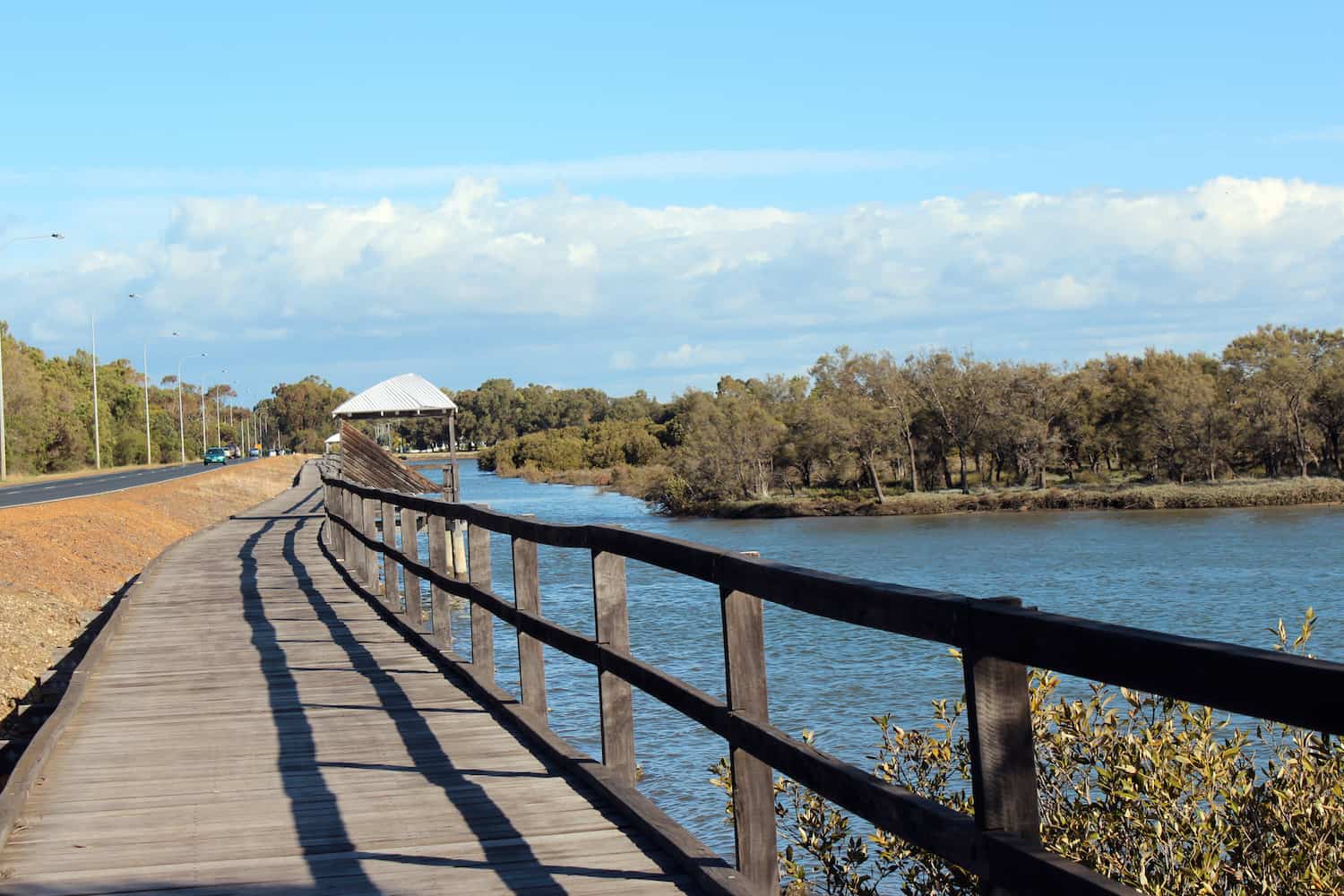
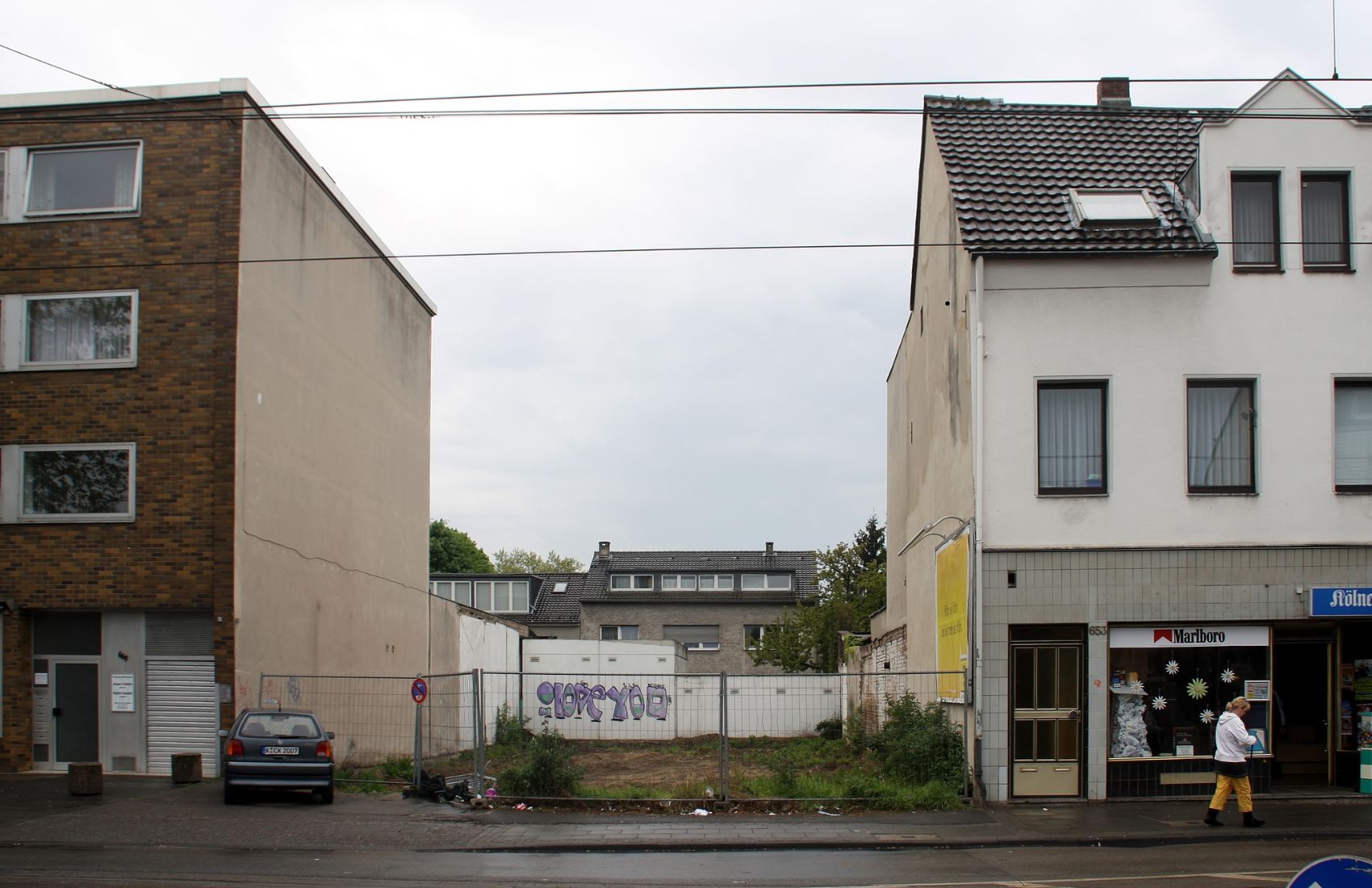


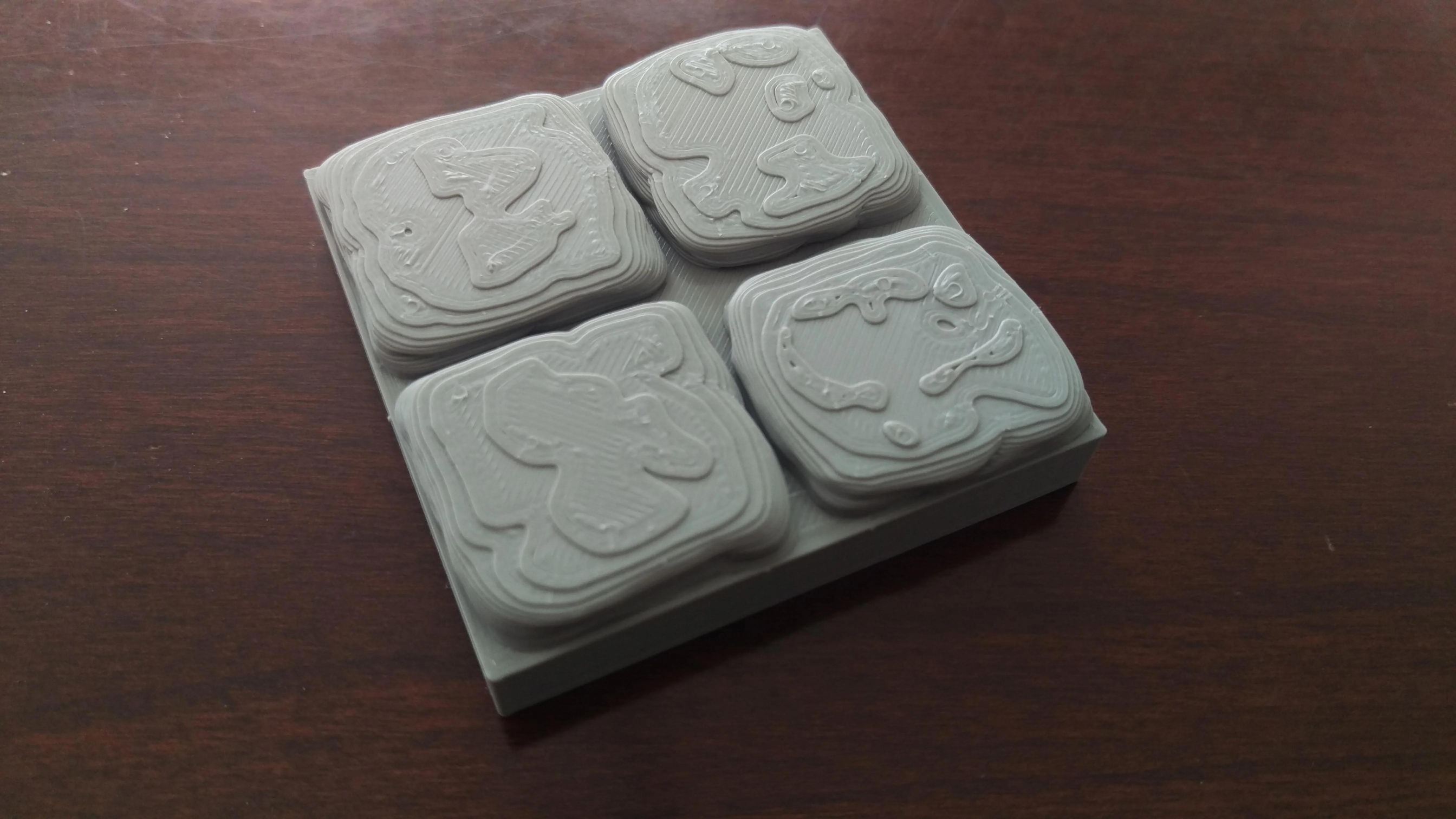
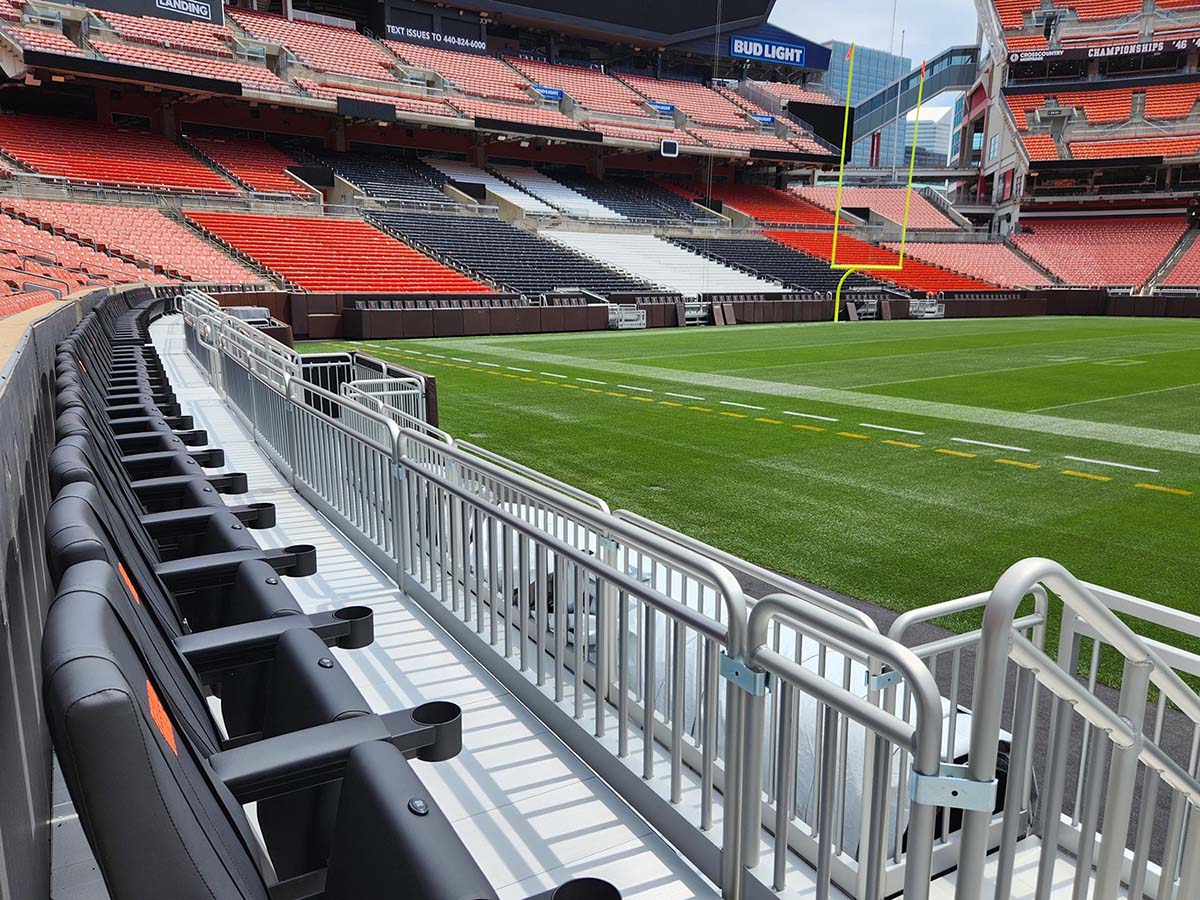
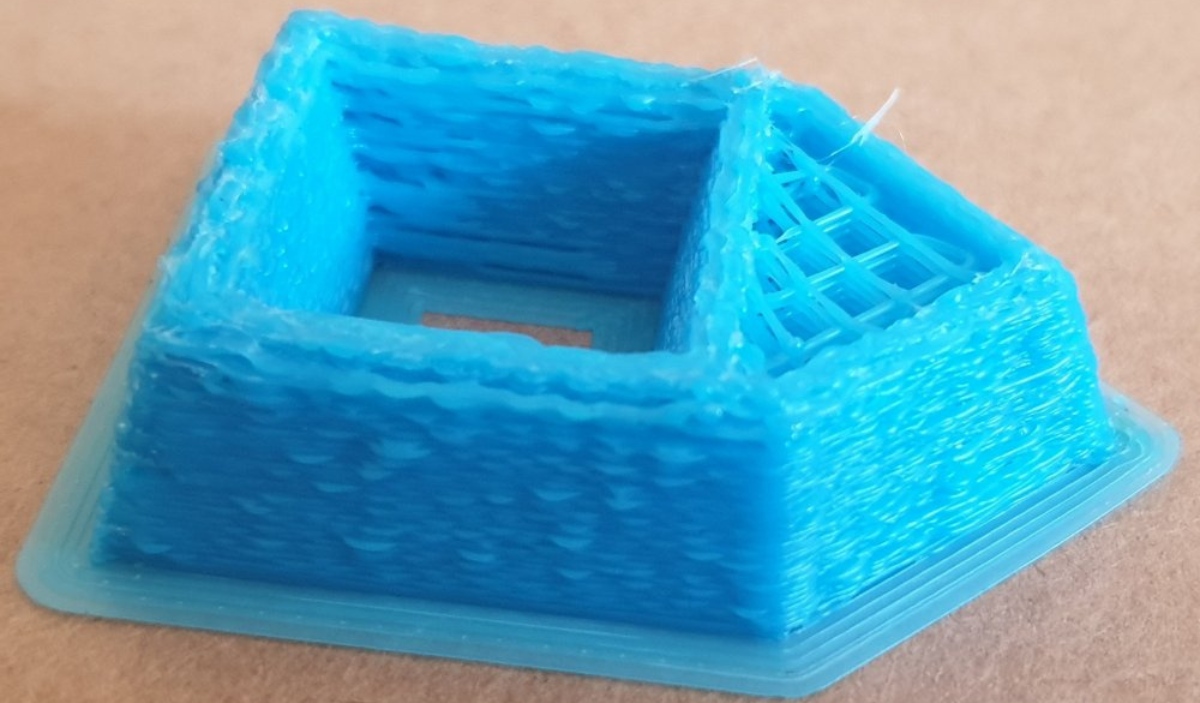
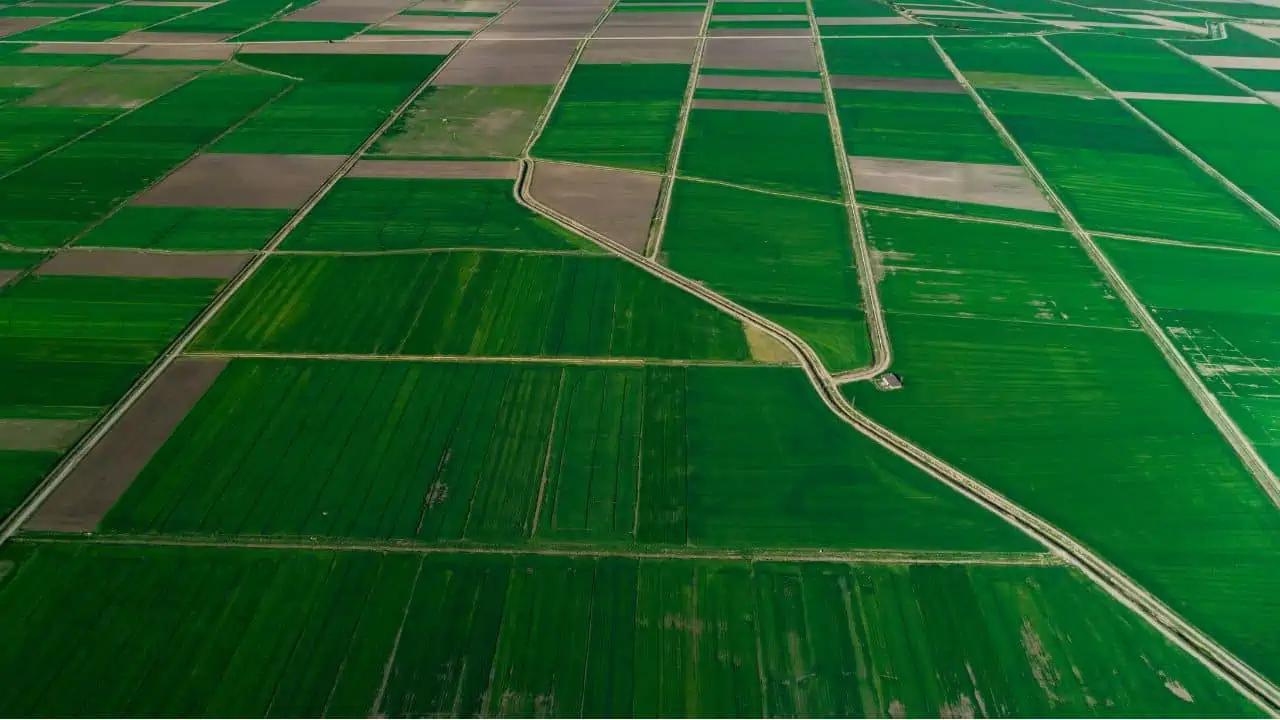
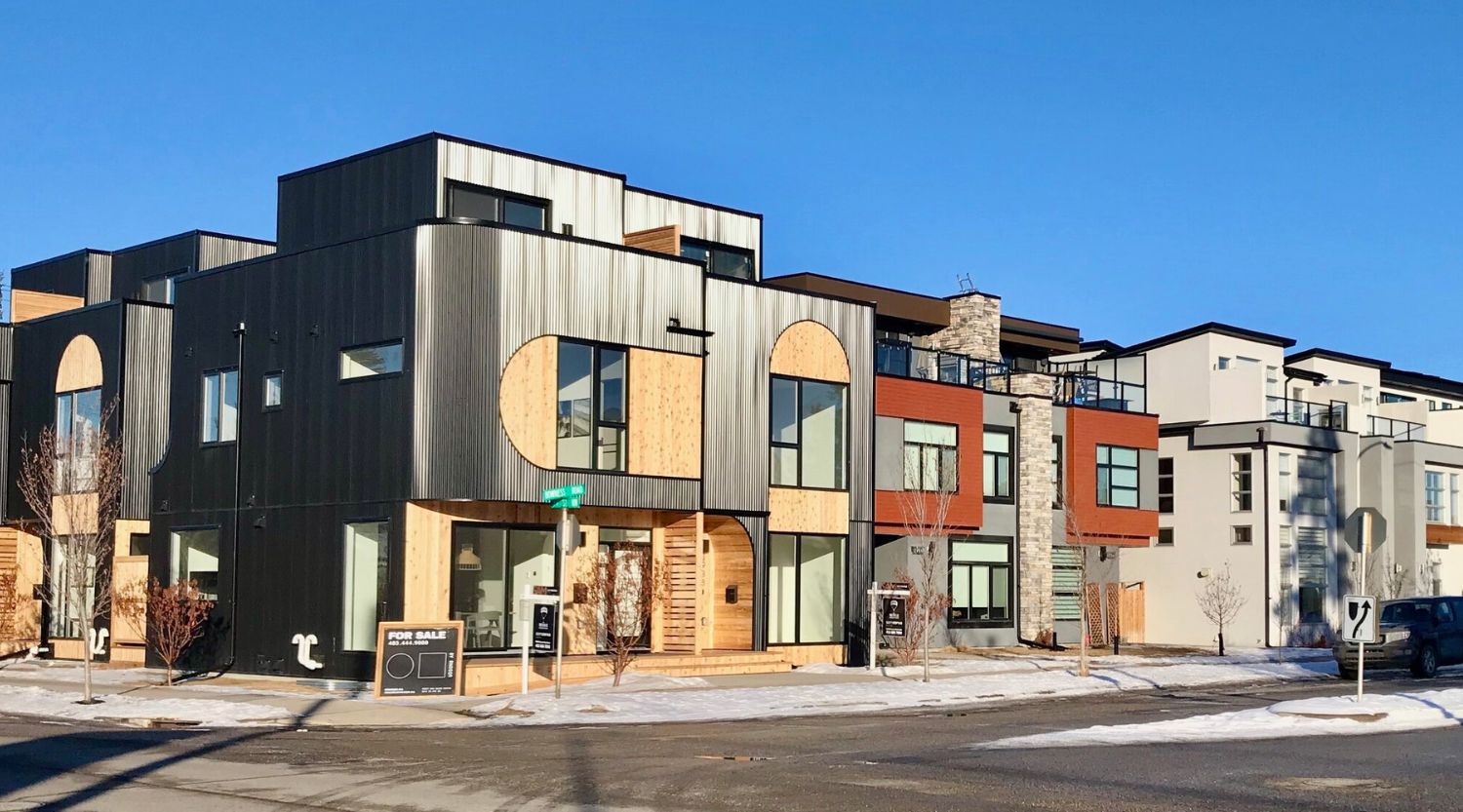

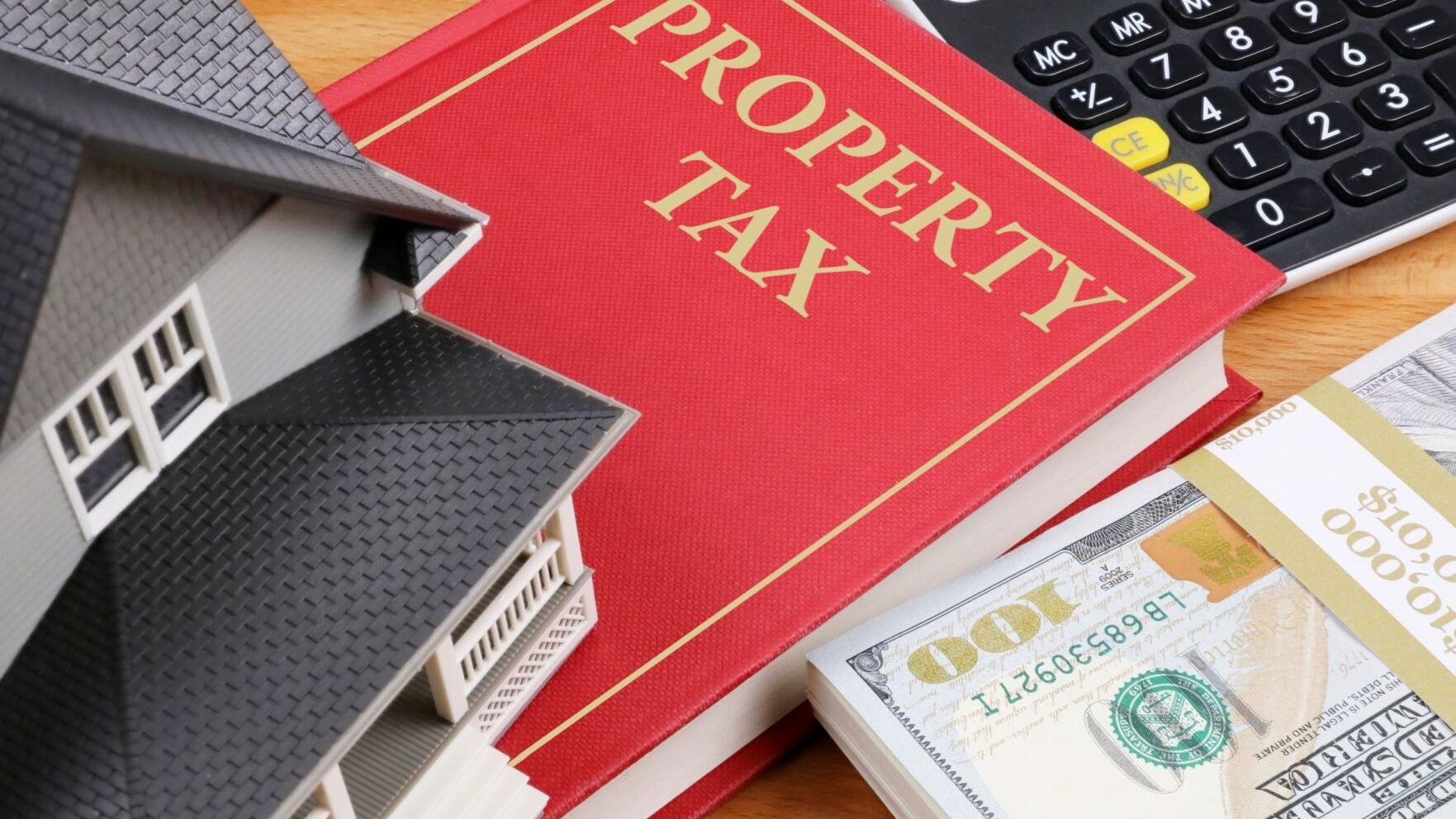
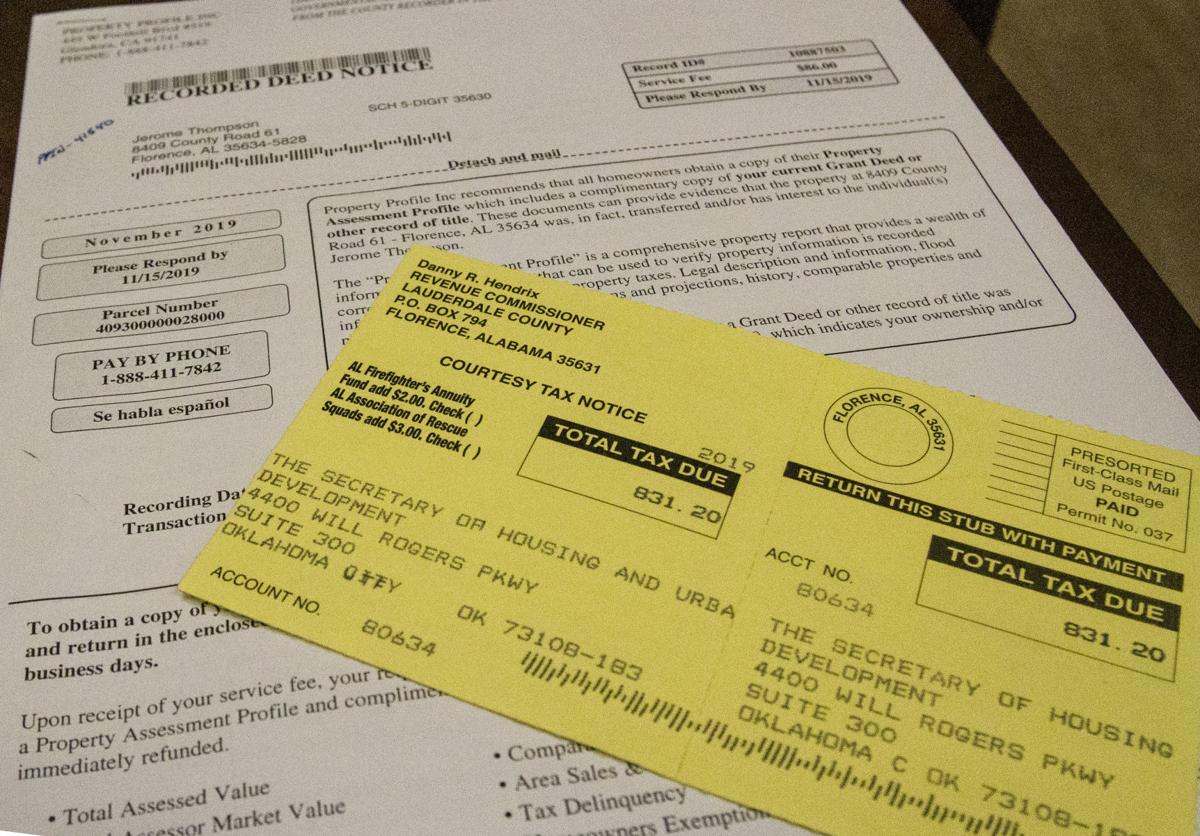
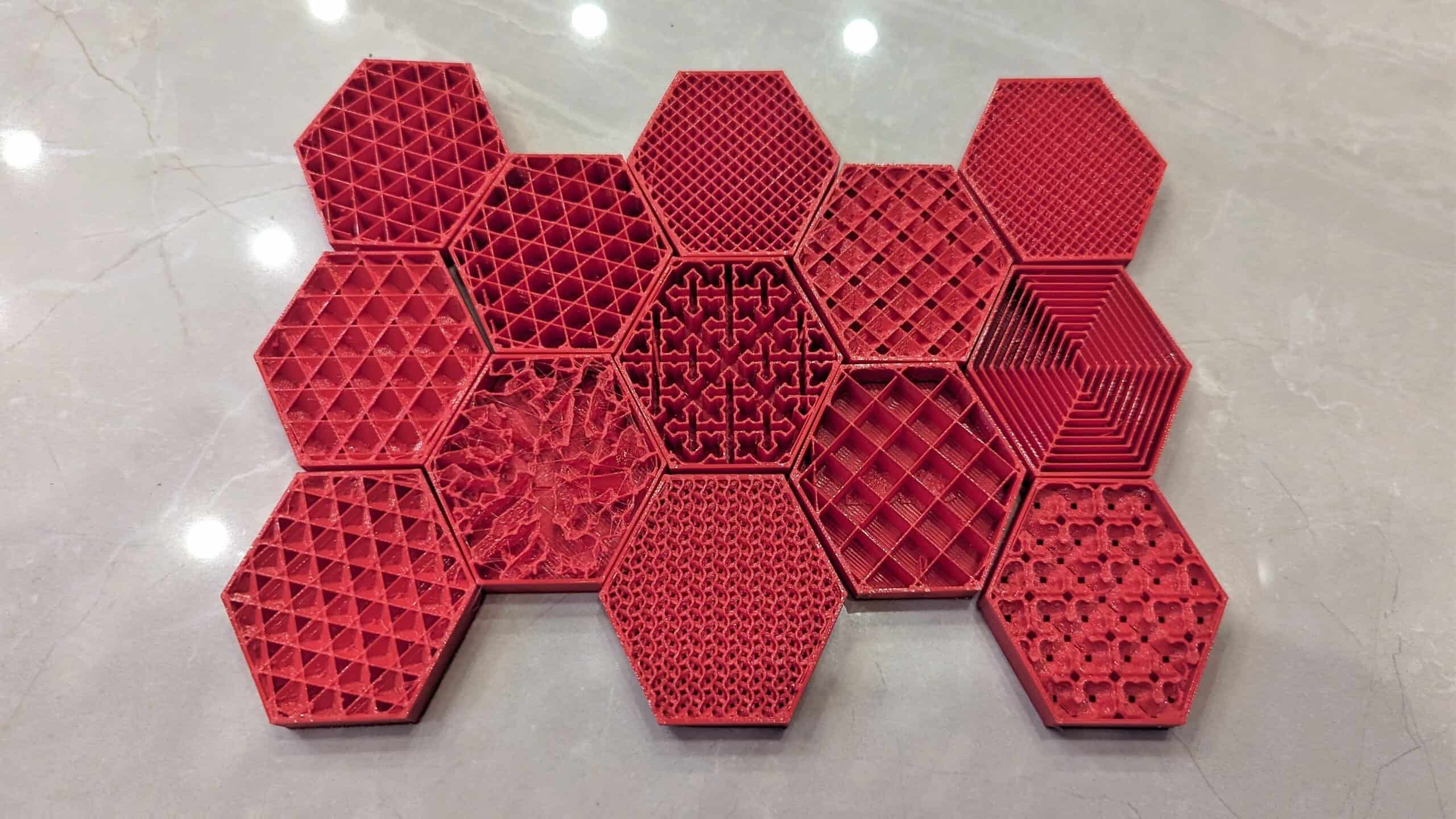

0 thoughts on “What Is Infill Property”